The end of the female concubine who dared to oppose Empress Dowager Tu Xi was pitifully tragic
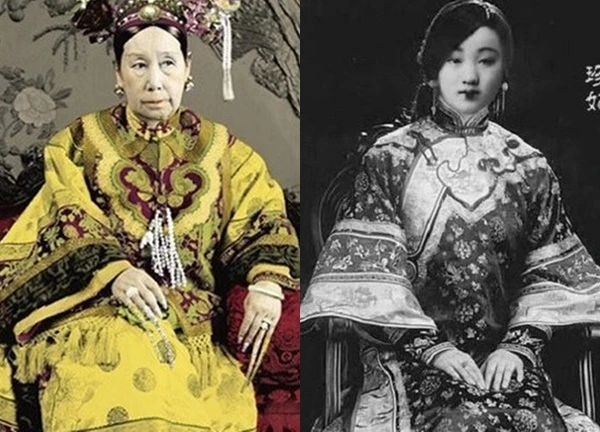
2 | 1 Discuss | Share
Much of what went on in the daily lives of famous people in the Forbidden City remains a mystery to this day, including the lavish meals enjoyed by Chinese emperors.
The Forbidden City is famous as the most magnificent palace complex in Beijing, once the political center and also the residence of royal family members during the Ming and Qing dynasties, the last feudal dynasty of China.
As a solemn place reserved for the Emperor and concubines, very few commoners were allowed to enter and it was strictly protected. Therefore, life inside the forbidden palace was always a mystery.
The proof is that many decades after the collapse of the Qing Dynasty (in 1924), when the Forbidden City began to open to outsiders for visits and research, there was still very little information about life that took place inside this forbidden imperial palace area. Especially the "top delicacies" in the daily meals of the emperors.
Remarkably, most of the ancient documents that could have provided information on the subject were sealed away. Historian Zhao Rongguang was one of the last few, and possibly the only, people to have access to and thoroughly studied all of those documents before they were locked away.
It was no easy task, but Mr. Zhao persevered and visited China's first historical archives, located at the west gate of the Forbidden City, in the 1990s.
After nearly 40 years of research, Mr. Zhao believes that there is a certain understanding of the way of eating in the Forbidden City, based on three famous historical figures of China, who played an important role in shaping the eating habits of the royal family; including Emperor Kangxi, Emperor Qianlong and Empress Dowager Cixi.
First, under the reign of Emperor Kangxi (1661 - 1722), the Qing Dynasty entered a period of relative peace and prosperity after decades of dynastic warfare. That also led to some interesting changes to the menu inside the Forbidden City.
According to the documents Mr. Zhao researched, in the early Qing Dynasty, traditional dishes from the nomadic Manchu region in northeastern China always appeared on the dining table. But by the middle of the Kangxi period, the royal menu began to change.
"On Kangxi's banquet table, there were many grilled meat dishes and strange dishes, such as tiger testicles. Ancient people believed that tiger testicles had the effect of enhancing physiology. I believe that Kangxi ate a lot because according to official records, this emperor hunted more than 60 tigers during his lifetime," said Mr. Zhao.
In addition, the historian added, the cockscomb dish also appeared in the king's meals for the same purpose. Many Han ethnic dishes also appeared in royal banquets, typically the dish of stewed duck gizzard.
Milk tea is one of the most popular drinks today. But few people know that this was also a premium drink when Emperor Qianlong ruled the Qing Dynasty (1735-1796).
Historian Zhao Guangrong believes that this was the second important stage in the development of cuisine in the Forbidden City. Qianlong is said to have meticulously recorded his daily menu.
Qianlong's writings and tableware are currently on display in the "Life in the Forbidden City" exhibition at the Hong Kong Palace Museum.
Among the artifacts on display at the exhibition is a silver milk teapot dating from the 18th or 19th century. The teapot is elaborately painted with gilded dragon motifs, showing that milk tea was a staple and luxurious drink among the Manchu people.
According to Ms. Chiang, salted milk tea reflects its Manchu origins and was an essential part of the Qing imperial diet. "Even when Qianlong traveled to the Jiangnan region (south of the Yangtze River, where Hangzhou and Shanghai are now), he hired a milk tea master from Mongolia to make milk tea for him every day," she said.
And one of the must-have dishes in the Forbidden City during the winter months is hotpot. Today, an enamel pot that once served hotpot in the imperial court is on display at the Palace Museum in Hong Kong.
Researcher Zhao added that the menu was often presented to the emperor the night before for approval. The imperial menu during the Qianlong period also became more sophisticated and diverse. "One of the dishes that frequently appeared in Qianlong's meals was Sika deer tail, in addition to Asian deer, pheasant, and bird's nest soup," he said.
As the real power holder during the late Qing Dynasty, Empress Dowager Cixi was known for her lavish lifestyle and her love of exquisite Han Chinese cuisine. "It was the most lavish period of the Qing Dynasty. The daily imperial meal increased from 18 to 23, then to 25 and then to 28 dishes," said Zhao.
Cixi was also a person who loved to party, often holding ceremonial banquets. There were different types of royal banquets held in the Forbidden City throughout the centuries.
The most iconic form of this is the Tian'an Banquet, which combines two major banquets of the past, the Manchu-style banquet with lots of roast meat and the Han-style banquet with bird's nest soup and seafood.
"Bird's nest-style banquets feature a variety of rare seafood such as shark fin, sea cucumber, dried scallops and fish lips. The roast meat is usually pork and duck," said Mr Zhao.
Each feast includes two hot pot dishes, four large bowls of main dishes, two plates of sliced Peking duck or roast suckling pig, four small bowls and six plates of side dishes, four types of cakes and dumplings, one type of noodles, one type of soup and one plate of fruit.
The day Empress Dowager Tu Xi was born had a strange phenomenon and a terrifying prophecy fulfilled 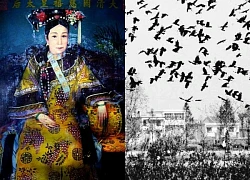 Tuyết Ngọc17:16:23 06/08/2024On the day Empress Dowager Tu Xi was born, a strange celestial phenomenon appeared in the sky of the Forbidden City and her house. However, at that time, Emperor Dao Quang thought it was a good omen and didn't think much of it.
Tuyết Ngọc17:16:23 06/08/2024On the day Empress Dowager Tu Xi was born, a strange celestial phenomenon appeared in the sky of the Forbidden City and her house. However, at that time, Emperor Dao Quang thought it was a good omen and didn't think much of it.

2 | 1 Discuss | Share
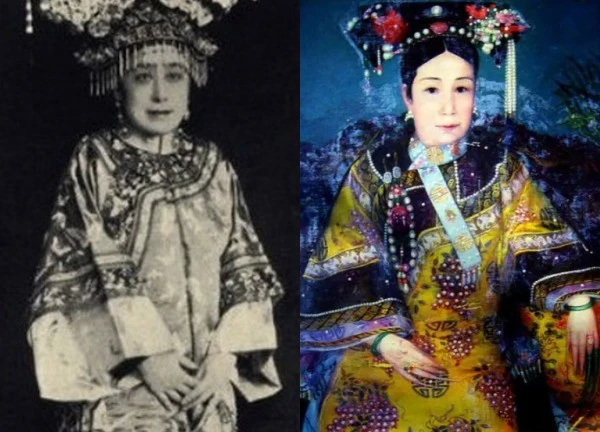
1 | 1 Discuss | Share
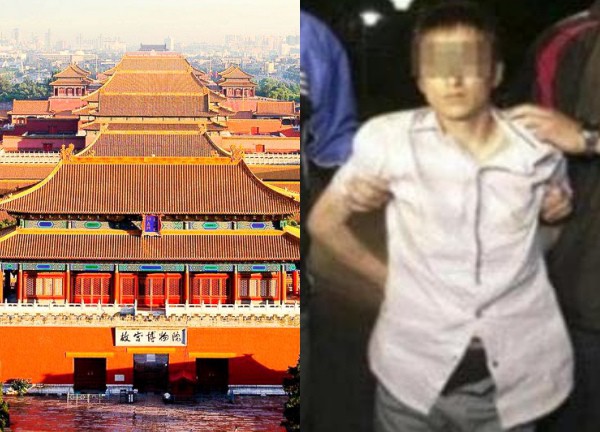
4 | 1 Discuss | Share

3 | 0 Discuss | Share
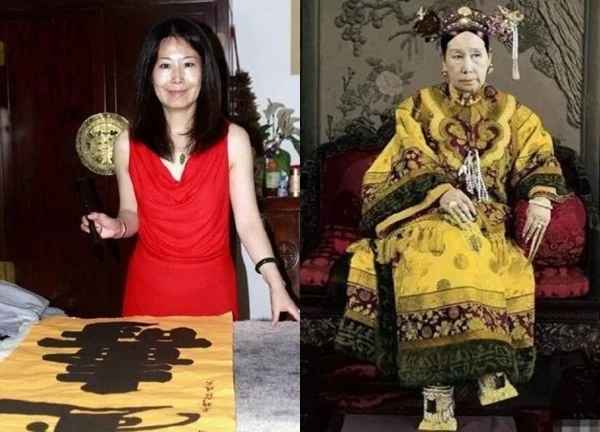
1 | 1 Discuss | Share
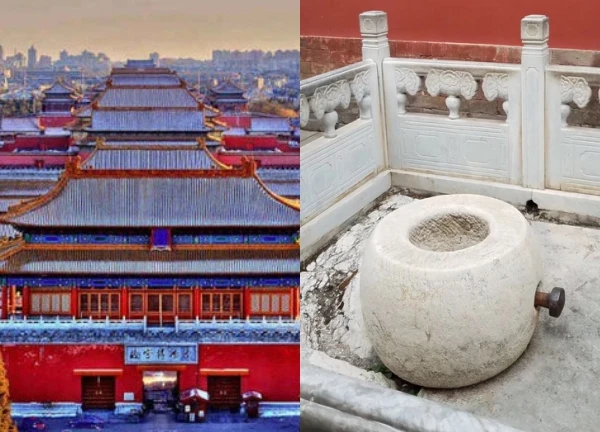
2 | 1 Discuss | Share
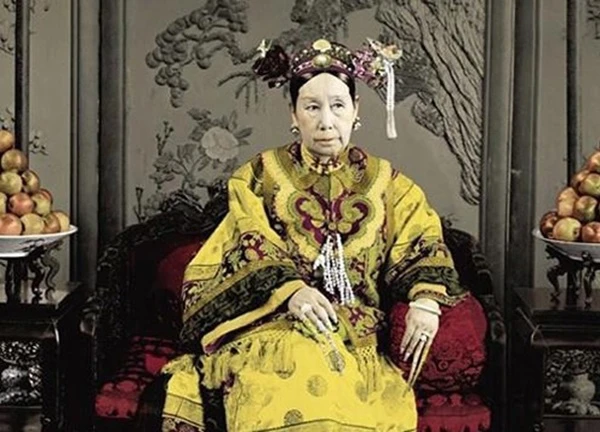
20 | 1 Discuss | Share
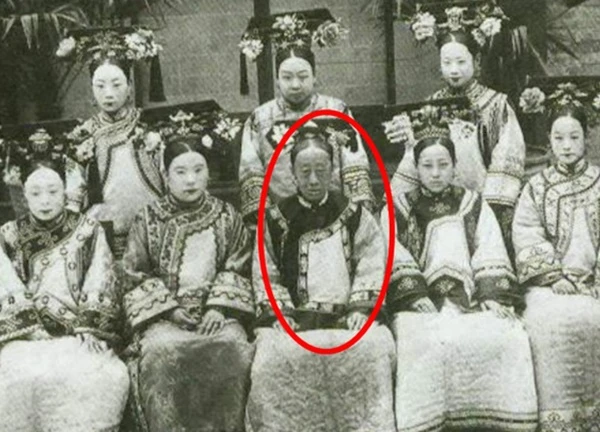
8 | 1 Discuss | Share
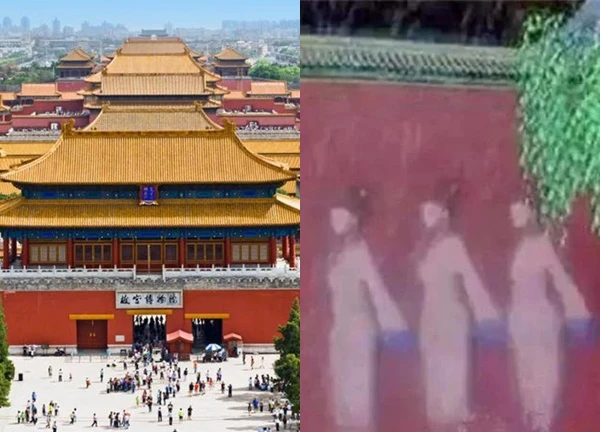
2 | 1 Discuss | Share

3 | 1 Discuss | Share

2 | 1 Discuss | Share

4 | 1 Discuss | Share










1 | 1 Discuss | Report